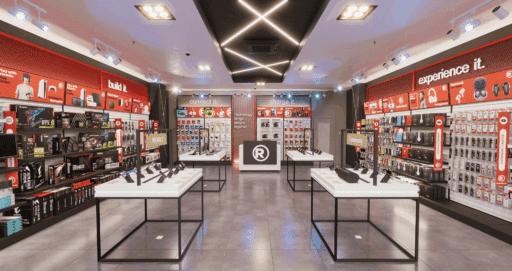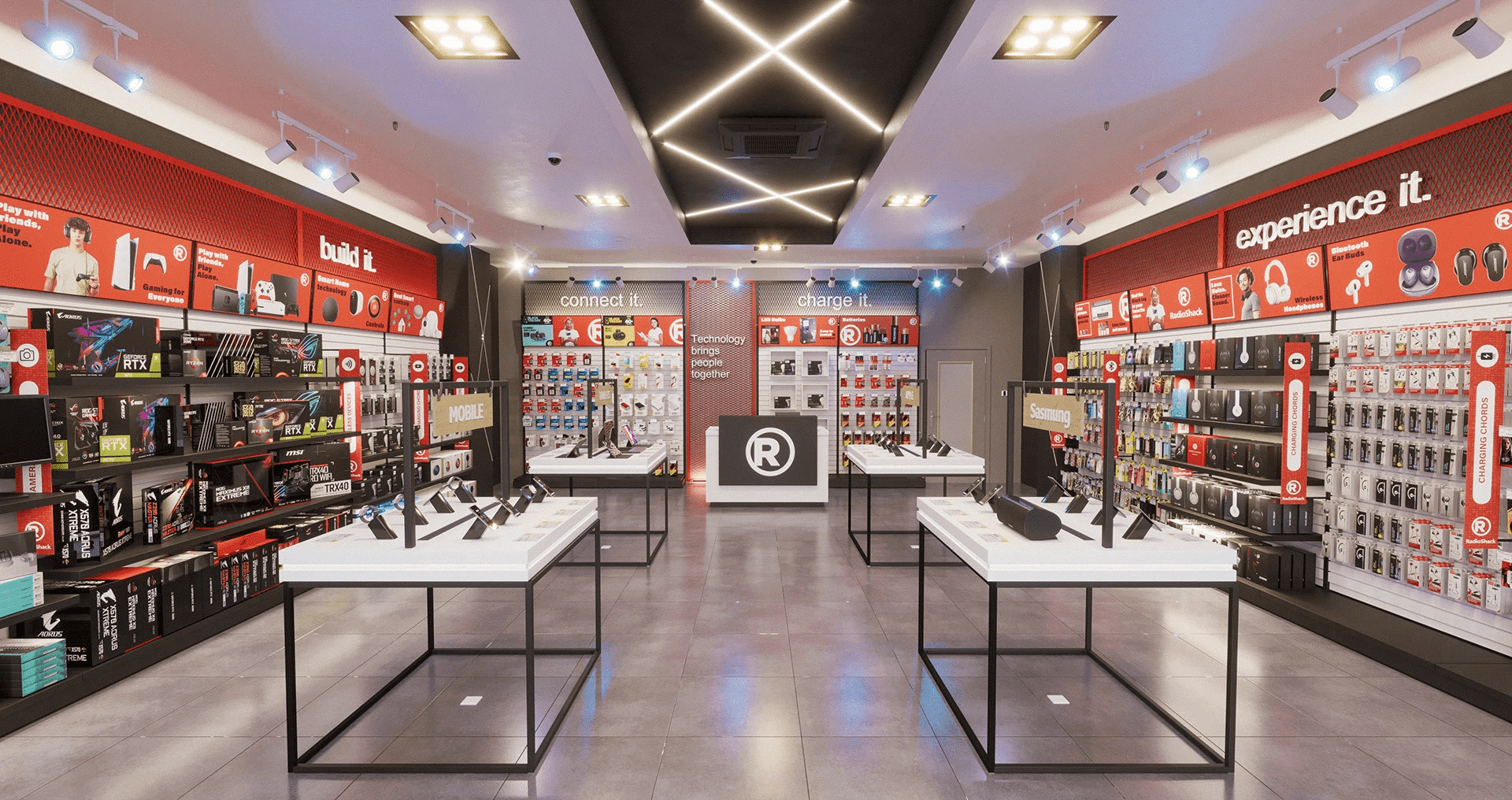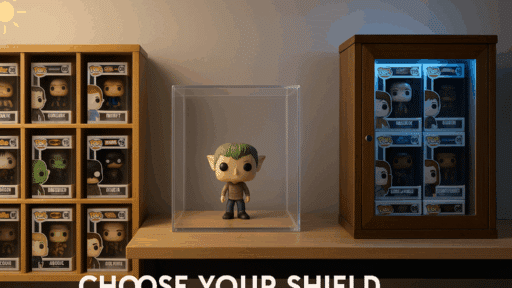In today’s competitive retail environment, the look and feel of a store matters just as much as the products it sells. A well-designed retail space doesn’t just attract customers—it influences how long they stay, how they perceive your brand, and how much they buy. One of the key elements shaping this perception is retail furniture. From counters and shelving to seating and tables, the right furniture layout plays a vital role in creating a pleasant shopping experience. Equally important are display showcases that highlight your products in the most appealing way. Together, these elements transform a store from ordinary to unforgettable.
The Power of Store Design in Driving Sales
Modern consumers are drawn to stores that feel inviting and well-organized. When walking into a retail space, they subconsciously evaluate its layout, lighting, and comfort before even looking at the products. High-quality retail furniture sets the tone—it communicates professionalism, attention to detail, and commitment to customer satisfaction. For example, a luxury boutique benefits from sleek, minimalist displays, while a home goods store might need warm tones and comfortable seating to evoke familiarity.
The right design choices can increase browsing time, improve product visibility, and lead to higher conversion rates. Studies show that customers are more likely to make a purchase in environments where they feel relaxed and engaged.
Why Furniture Quality Matters in Retail Spaces
Retail furniture isn’t just about aesthetics—it’s about durability, ergonomics, and brand consistency. Cheap or mismatched fixtures can make a store look cluttered or unprofessional. High-quality materials, on the other hand, convey trust and elevate the perceived value of your products.
Here’s why furniture quality should never be compromised:
- Longevity: Durable materials reduce replacement costs over time.
- Brand Image: Consistent design elements reinforce brand identity.
- Customer Comfort: Ergonomic layouts encourage customers to spend more time in-store.
- Product Focus: Proper shelving and counters direct attention where it matters most.
Whether it’s a retail counter, modular shelving, or checkout table, every piece should blend functionality with style.
Display Showcases That Highlight Your Brand
Visual merchandising is an art, and display showcases are its most powerful tools. They turn products into visual stories, helping customers connect emotionally with what they see. The lighting, material, and positioning of these showcases determine how effectively your products capture attention.
Types of display showcases that boost retail performance include:
- Glass Displays: Ideal for jewelry, electronics, and cosmetics—transparent and elegant.
- Wall-Mounted Displays: Space-saving solutions for apparel or accessories.
- Freestanding Units: Perfect for featured collections or seasonal promotions.
- Interactive Displays: Incorporate digital screens or motion sensors for modern appeal.
When coordinated with the rest of your store’s retail furniture, these showcases create a cohesive environment that strengthens your brand story and boosts sales.
Creating the Ideal Store Layout
An effective store layout balances aesthetics with flow. The placement of furniture and displays should guide shoppers naturally through different sections. Strategic positioning can also increase impulse buys. For instance:
- Place small accessories near checkout counters.
- Use open-shelf furniture to allow better visibility.
- Position display showcases at entry points to grab attention.
Every store has a “golden zone”—the area that receives the most foot traffic. Use this space to highlight your newest or highest-margin products with strong visual displays.
The Role of Lighting and Material Selection
Lighting and materials dramatically affect how furniture and products appear. Soft, warm lighting enhances wood and fabric finishes, while bright white lighting complements metal or glass. The goal is to make the space look cohesive and comfortable. Pairing neutral furniture with strategic accent lighting makes products stand out without overwhelming the senses.
Material selection also impacts maintenance and longevity. Metal and glass lend a modern appeal, while wood and laminate bring warmth and durability. The right mix ensures your space remains stylish yet practical.
Sustainable Choices in Retail Furniture
Eco-friendly materials are gaining traction in the retail industry. Many brands now opt for recyclable wood, metal, or bamboo furniture to align with sustainability goals. Environmentally conscious design not only helps the planet but also appeals to modern consumers who value responsible business practices. It’s a smart way to enhance both reputation and sales.
Conclusion
Retail success depends on creating an atmosphere that resonates with customers—and that begins with the right combination of furniture and displays. High-quality retail furniture and thoughtfully designed display showcases make your store both visually appealing and functionally effective. By investing in durable materials, strategic layouts, and cohesive design, you can create a shopping experience that encourages customers to stay longer, explore more, and buy with confidence.
Your store’s furniture is more than just décor—it’s a silent ambassador of your brand identity.








